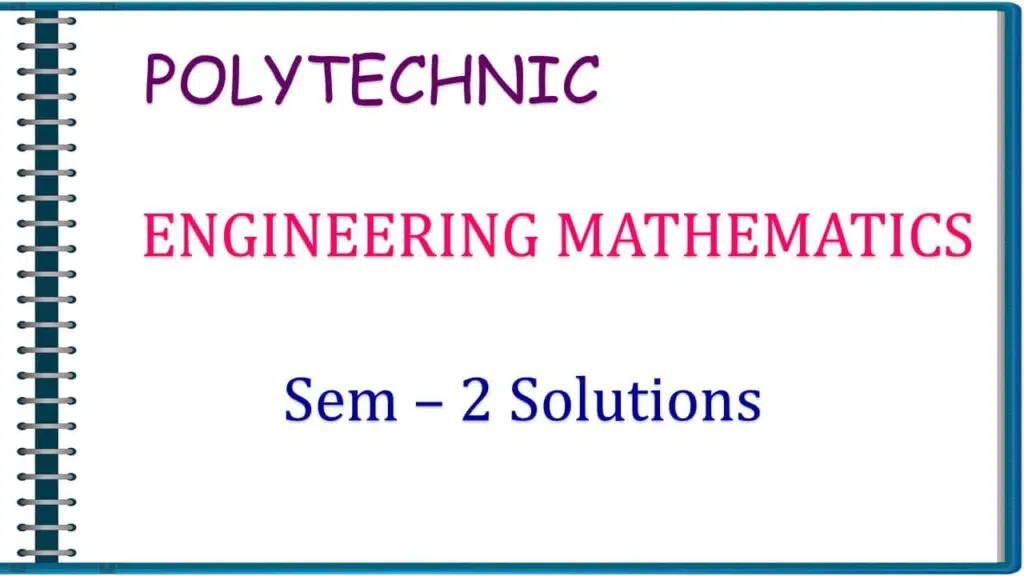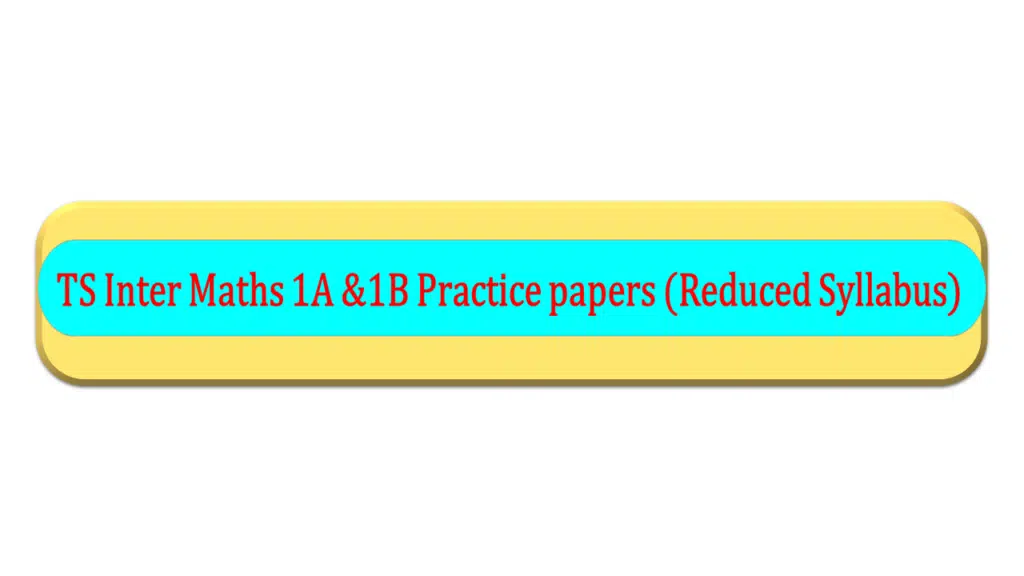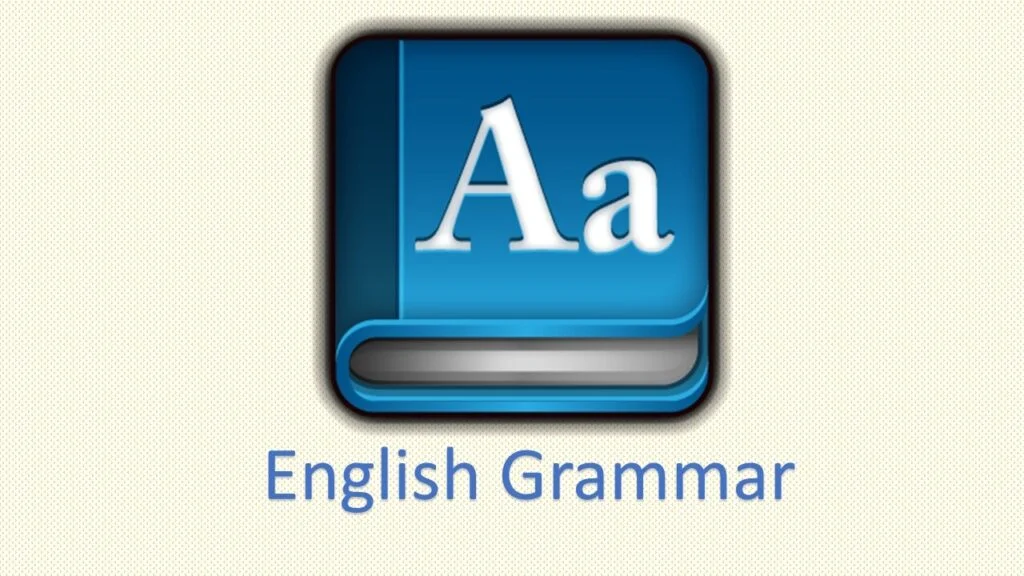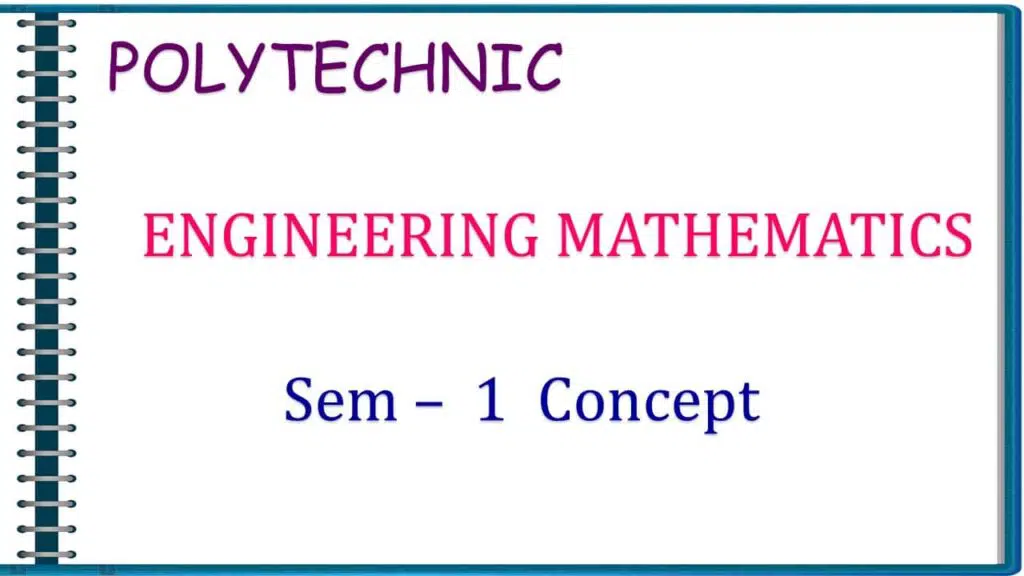Sem -1 Solutions – Polytechnic Engineering Mathematics
Sem -1 Solutions Polytechnic Engineering Mathematics – Sem -1 Solutions Sem -1 Solutions Education is the acquisition of knowledge, skill value, etc. Education contributes to the development of society. www.basicsinmaths.com website has been given material for mathematics Polytechnic Students. Polytechnic Engineering Mathematics – Sem -1 Solutions solutions in PDF Files are designed by the ‘Basics […]
Sem -1 Solutions – Polytechnic Engineering Mathematics Read More »









